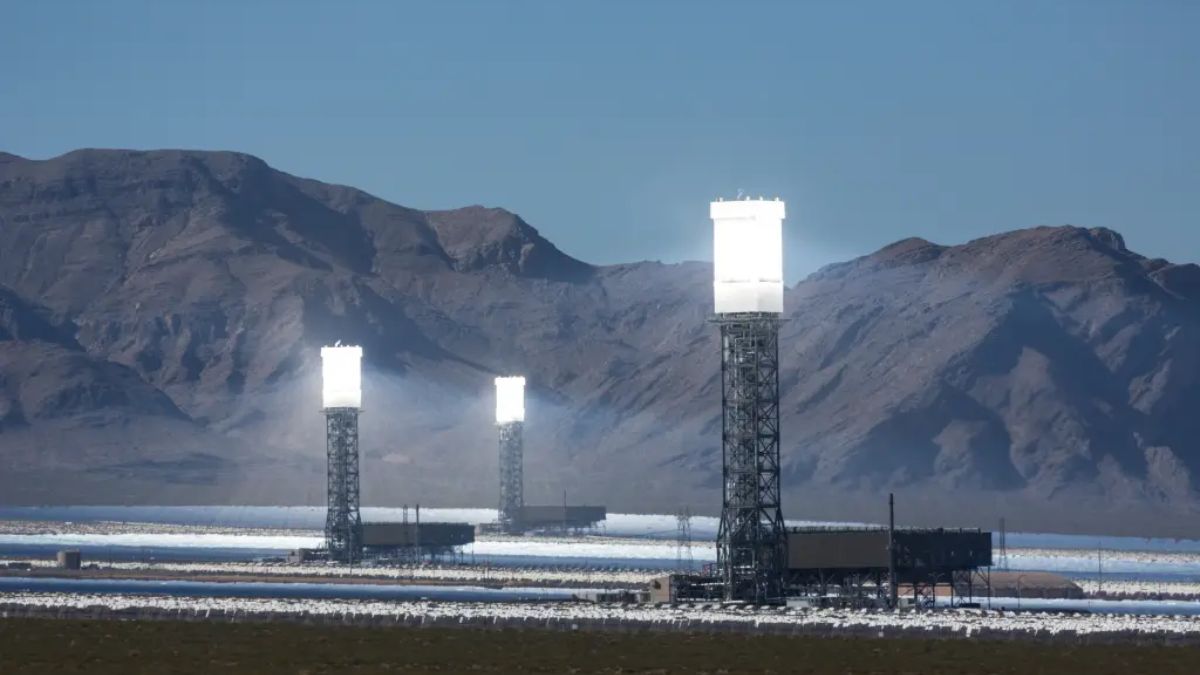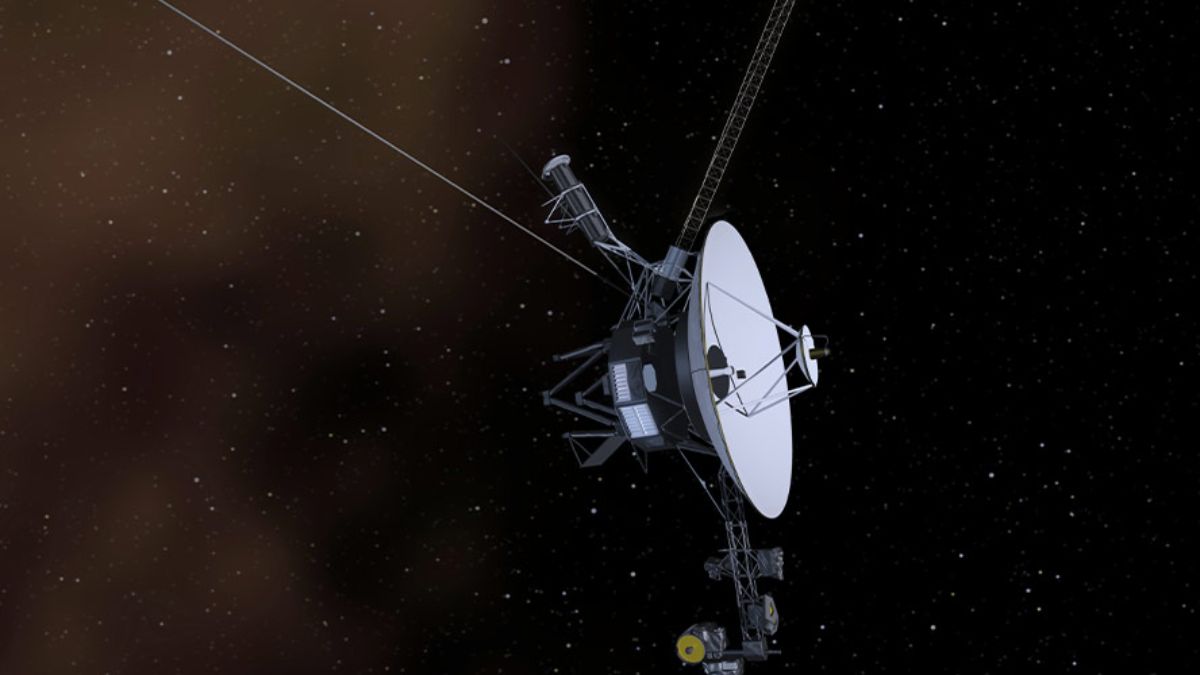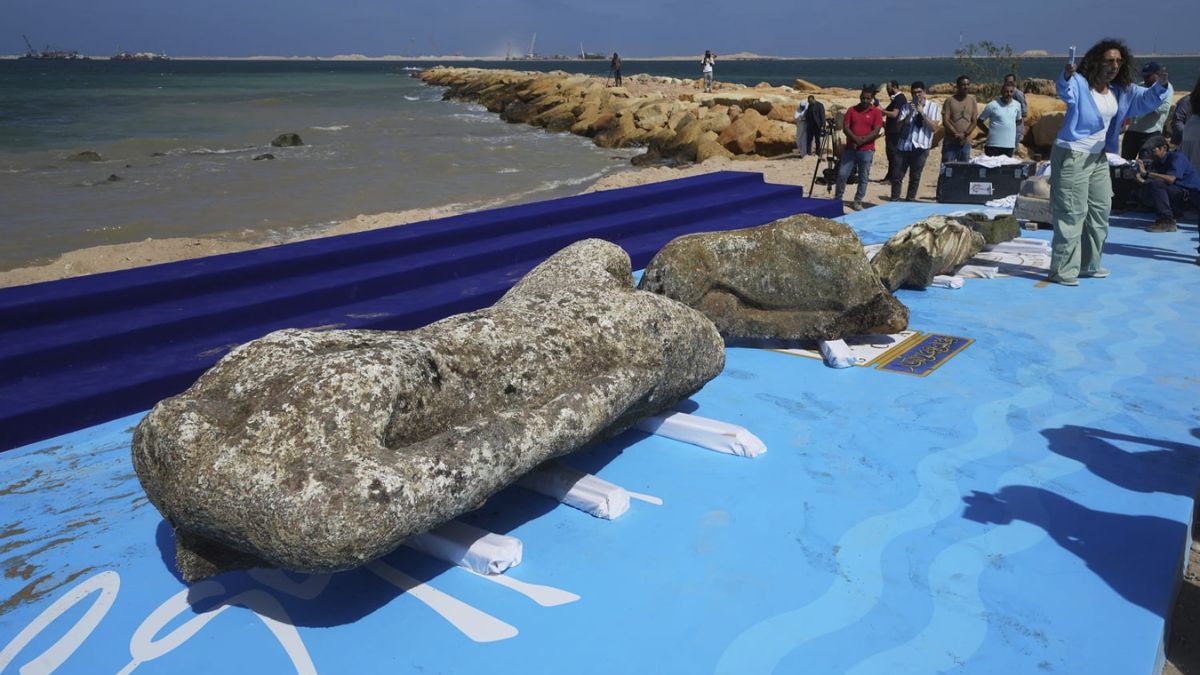What started as a shining beacon of hope for renewable energy has now turned into a cautionary tale. The Ivanpah Solar Power Facility, once hailed as the world’s largest solar plant, is shutting down just 12 years after it began operations.
Table of Contents
Built in California’s Mojave Desert, the $2.2 billion project was supposed to power the future with clean energy—but instead, it burned through money, failed to meet expectations, and ironically depended on fossil fuels to function.
So, what went wrong? And why is Ivanpah now viewed as a symbol of failed green ambition?
Launch
Construction of the Ivanpah Solar Power Facility began in 2010 with major backing from the U.S. government. In 2011, the Department of Energy, under President Obama’s administration, issued $1.6 billion in federal loan guarantees to bring the project to life. By 2014, it officially opened, featuring three massive 459-foot towers and 174,000 heliostats—giant mirrors designed to track the sun and reflect sunlight toward the towers.
It looked futuristic, high-tech, and promising. The idea was simple: use mirrors to heat a fluid at the top of each tower, generate steam, and spin turbines to produce electricity. Sounds like a win for green energy, right?
Problems
Reality hit hard, and fast. From the beginning, Ivanpah struggled to meet its energy targets. It produced significantly less electricity than promised, which meant it couldn’t offset the cost of fossil fuel alternatives as originally hoped.
Worse still, in order to keep the plant operational, it had to rely on—you guessed it—natural gas. Yes, the very fuel source it aimed to reduce ended up being part of the solution to keep the lights on. That fact alone undermined the project’s green credentials.
Jason Isaac from the American Energy Institute didn’t mince words, calling the project a wasteful example of government-subsidized energy gone wrong. According to him, it failed to scale up and justify the enormous investment.
Obsolete
One of the biggest issues Ivanpah faced was its core technology. The solar thermal method it used—concentrating sunlight with mirrors—was already becoming outdated by the time it launched.
Meanwhile, photovoltaic (PV) solar panels were improving rapidly. They’re the kind you see on rooftops, and they directly convert sunlight into electricity. Not only are they cheaper, but they’re also much easier to install and maintain. Compared to Ivanpah’s complex mirror system, PV solar simply made more sense.
Energy consultant Edward Smeloff summed it up perfectly: “It simply did not scale up. It’s kind of an obsolete technology that’s been outpaced.”
Wildlife
On top of its inefficiencies, Ivanpah had a deadly impact on local wildlife. Birds flying through the concentrated beams of sunlight reflected by the mirrors were literally burned mid-air. It’s estimated that around 6,000 birds die each year because of this effect, sometimes called “streamers” because of the smoke trail left behind as birds get incinerated.
This created a serious environmental conflict: how can a green energy project justify killing wildlife in such large numbers?
Closure
By 2026, Ivanpah is set to shut down for good. A massive investment, a grand idea, and over a decade of operations—all winding down with little to show for it. The project once symbolized California’s dreams of a solar-powered future. Now, it stands as a giant lesson in what happens when ambition outpaces practicality.
Just 50 minutes from Las Vegas, the plant’s glowing towers once dazzled like something out of a sci-fi movie. Today, they shine more like a mirage—something that looked good from a distance, but faded as you got closer.
Lessons
Ivanpah’s story highlights the importance of timing, technology, and realism in energy planning. It’s not enough to have a bold idea. The execution, cost-efficiency, and environmental impact all matter just as much—if not more.
As solar panel technology becomes more advanced and more affordable, the future of clean energy may still be bright. But it probably won’t involve giant mirror fields and gas-assisted steam towers in the desert.
And if there’s one big takeaway? It’s that throwing billions at a project doesn’t guarantee success—especially when the technology isn’t ready or already being outpaced.
FAQs
Why is Ivanpah being shut down?
Because it failed to meet energy targets and relied on natural gas.
How much did Ivanpah cost?
The total cost was $2.2 billion, with $1.6 billion in federal loans.
What type of solar tech did it use?
Ivanpah used solar thermal technology with heliostat mirrors.
Did Ivanpah harm wildlife?
Yes, about 6,000 birds die yearly flying into concentrated sunlight.
What replaced Ivanpah’s tech?
Modern photovoltaic solar panels proved cheaper and more efficient.

















